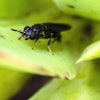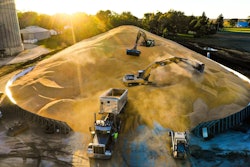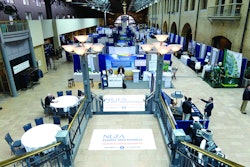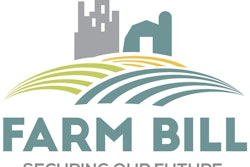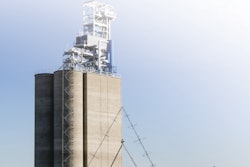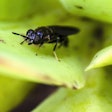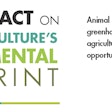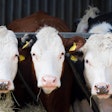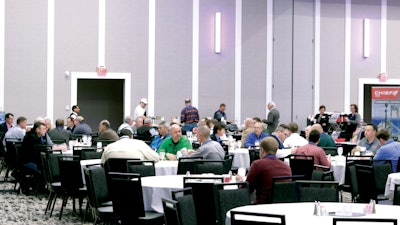
Nearly 100 feed and grain professionals took part in Feed & Grain LIVE 2019 on Jan. 8-10 at Prairie Meadows Hotel and Casino in Altoona, IA. Between breakout sessions, attendees mingled with around 100 professionals from 60 exhibit booths who were on hand to present the latest in mill and elevator equipment technologies. As in years past, exhibitors continue to report the pace and layout of the show facilitate worthwhile interactions with booth visitors.
满座的事件开始动手我cotoxin Testing Workshop that was led by Dr. Erin Bowers, an associate scientist with Iowa State University. Participants learned how to test for mycotoxins in grain using the latest testing and analysis equipment provided by its sponsor, Neogen.
Bowers’ presentation also stressed the importance of proper sampling before you begin testing. “Obtaining a representative sample means you have to obtain a random sample and sample enough units to have a chance of getting an accurate representation of [the toxin that] you are trying to measure,” she says.
Another highlight of the educational program was the keynote address delivered by Ed Beaman, senior director basic market and development and regional director-Asia subcontinent of the U.S. Soybean Export Council.
Beaman’s message centered on the opportunities export markets hold for U.S. producers and grain industry professionals in light of trade tensions with China.
“More than 96% of consumers live outside the United States,” he says. “Currently 60% of U.S. soybeans are exported and that figure will be close to two-thirds in five years.”
The concurrent sessions at LIVE covered a variety of topics including feed regulations, blockchain applications, facility safety and culture, succession planning and grain market analysis.
Robert Barnes, president of Agriflo, headed an educational session titled Digital Transformation in Agribusiness and the Blockchain Revolution.
Barnes explained that adoption of this technology is already happening in the commodities sector and organizations should be preparing for it now. One attendee summed things up for the entire group by simply saying, “This is mind-boggling.”
Human development, more commonly referred to as human resources, was the focus of a highly rated breakout session led by Amy Jones with Didion Milling based in Cambria, WI.
Jones shared ways company leaders can create atmospheres that inspire professional and personal excellence through management philosophies like the High Performance Workplace (HPWP) and employee and leadership immersion programs.
Additional highlights of the event included Dr. John Foltz, chair of the department of animal sciences at Ohio State University, detailing ways mill and elevator management can prepare succession plans for their businesses. This planning is a must, he noted, as industry ownership is aging and new operators are needed.
Leah Wilkinson, senior vice president of public policy and education with the American Feed Industry Association (AFIA), referred to the need to understand the Current Good Manufacturing Practices (CGMP) inspections.
“The best preparation for CGMP inspection is familiarity with the rule,” she says. “Frequently, inspectors are asking to see records for which they are not entitled to see,” Wilkinson said.
Rounding out the event were speakers Nick Treblik, business operations director with Cargill; Jim Wyckoff, owner of Jim Wyckoff on the Markets; and a panel of elevator managers that included Jeff Jones, vice president and director of central operations with MKC, Moundridge, KS; Kris Torbert, live operations manager with Wayne Farms in Ozark, AL; and Doug Cropp, vice president – grain division with Landmark Services Cooperative, Cottage Grove, WI.
“Post session surveys indicate attendees put a high value on the educational sessions,” Arlette Sambs, publisher of Feed & Grain, says. “In fact, some speakers received near-perfect scores via the evaluation forms.
Attendees and exhibitors can rest assured their feedback will be the foundation for the next LIVE event, Sambs added. ■


